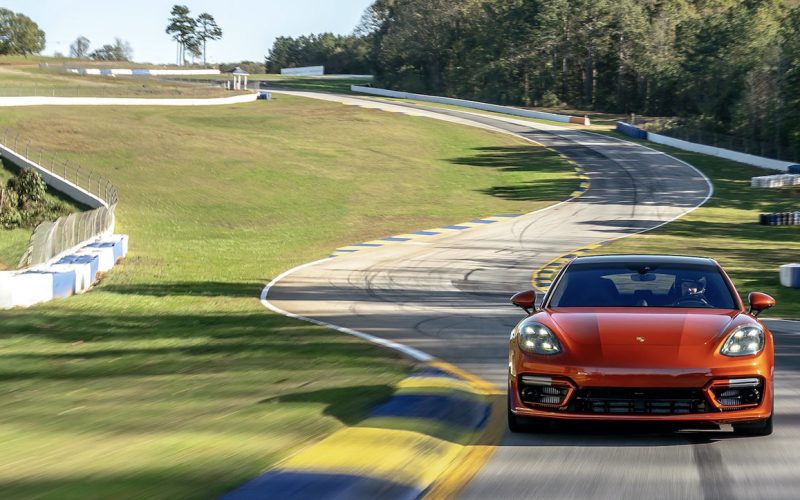
Reading Time: 3 minutesIf you’re in the belief that Porsche’s Panamera flagship is simply a low-slung luxury sedan, think
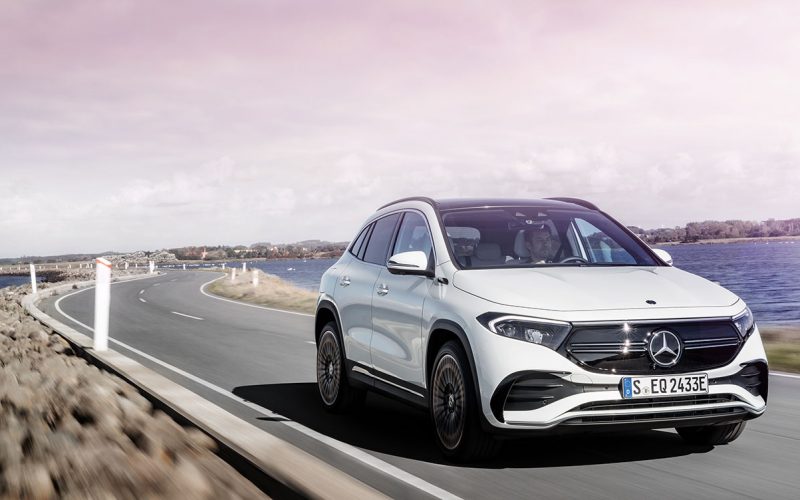
Reading Time: 6 minutesWith the goal of achieving a “Carbon Neutral” model line by 2039, Mercedes continues to expand
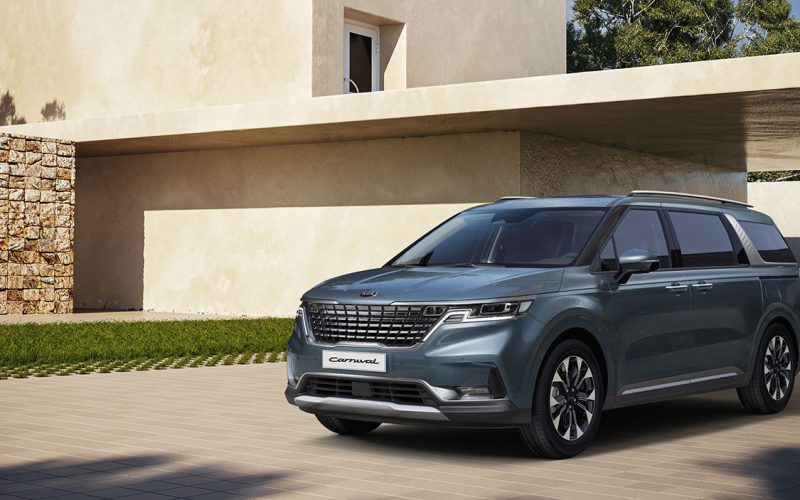
Reading Time: 5 minutesWould you rather ride around in a Carnival or a Sedona? While a Carnival sounds like
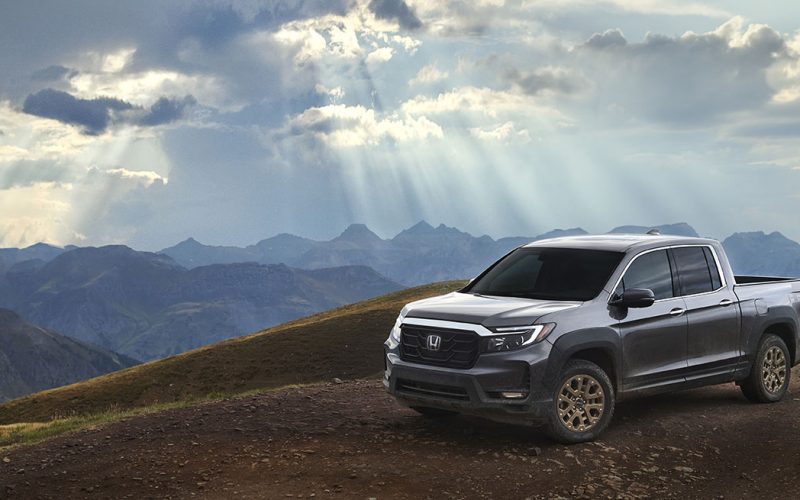
Reading Time: 5 minutesWhen the second-generation Ridgeline arrived on the scene for the 2017 model year, we lauded its
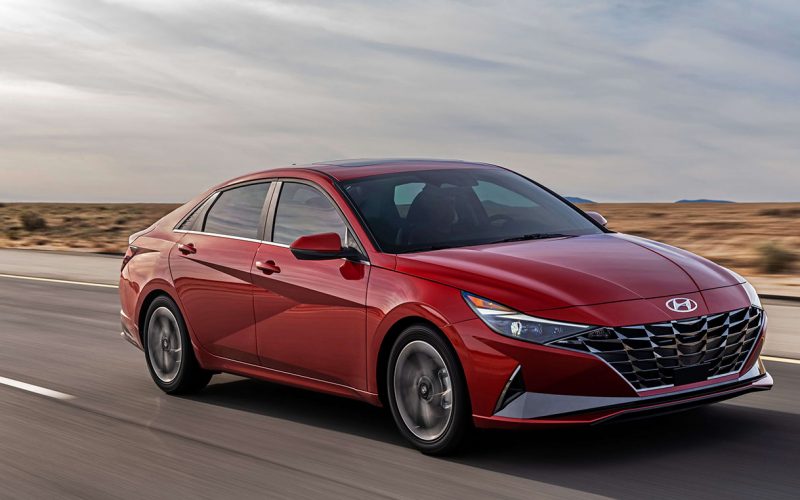
Reading Time: 3 minutesJust as the glitter and confetti from all our New Year celebrations is being swept up,
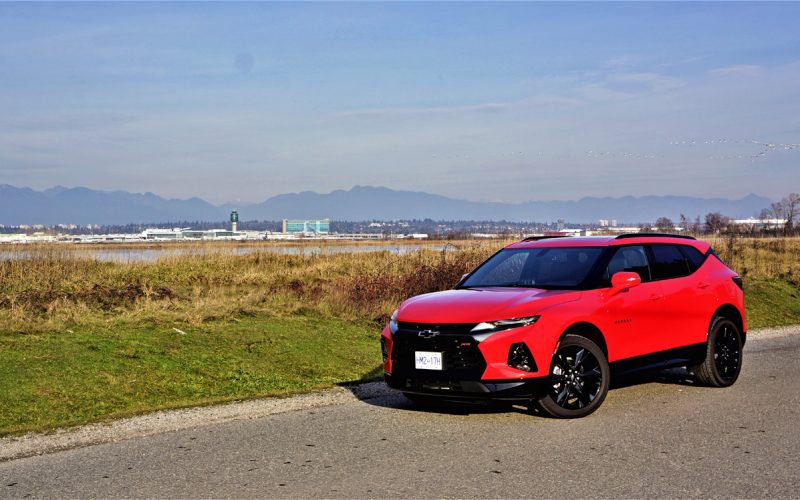
Reading Time: 8 minutesWhat do you get when you combine a Camaro and a Traverse? No, I wasn’t going
© 2025 The Car Magazine. All Rights Reserved, Privacy Policy | Terms of Use